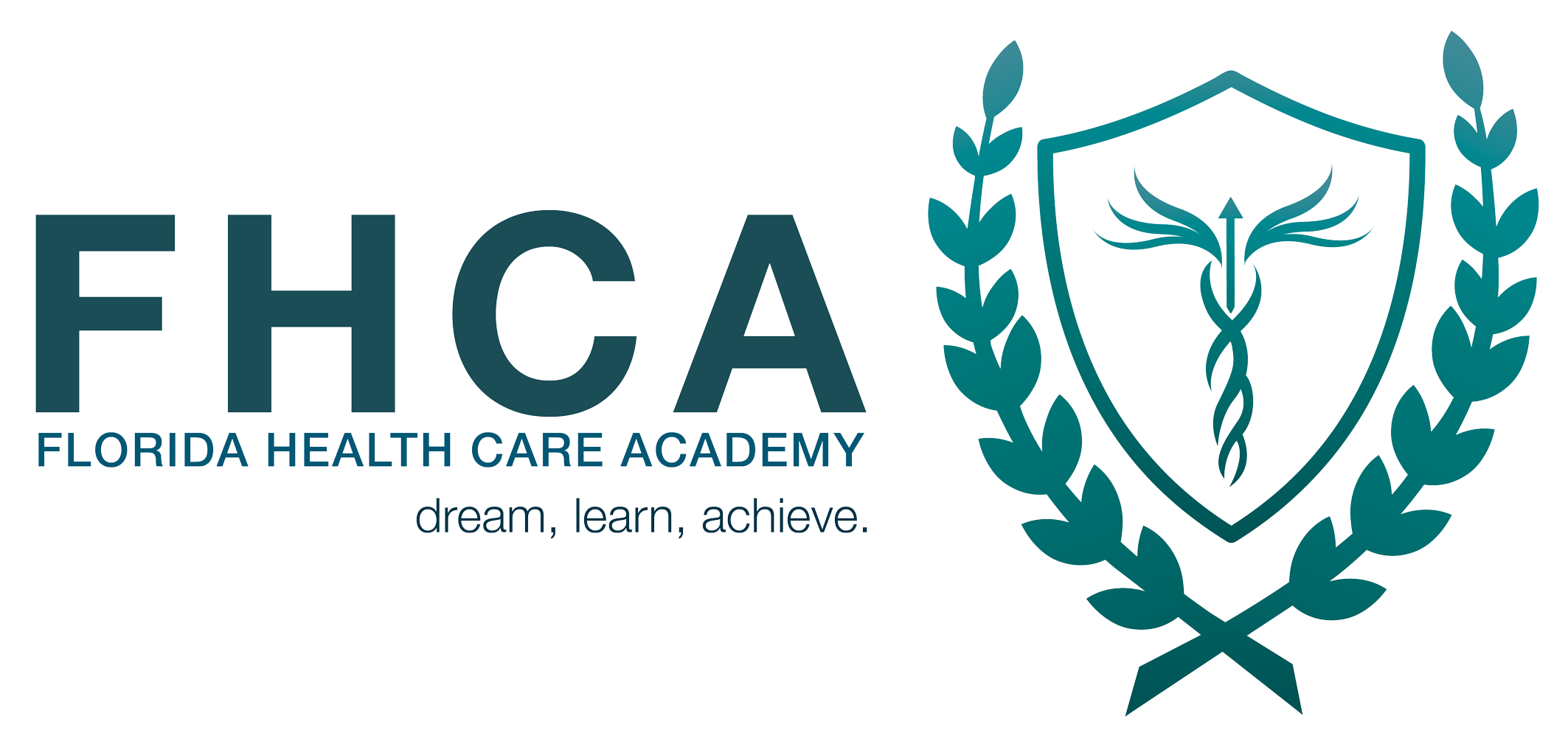Venipuncture class – Part II
May 11, 2019Medical assistant job description
July 2, 2019Medical assistant duties and responsibilities
Medical assistants’ duties and responsibilities are many. They are the ones who receive patients in hospitals, clinics, and other health care centers such as dental offices or hospitals. In this regard, they are also responsible for scheduling appointments and refer visitors to the appropriate service area according to their requirements. They also control access lists, receive payments, and manage administrative activities.
The function carried out by the medical assistants is very different from that performed by nurses, who provide direct assistance to health professionals in the treatment of illnesses and injuries.
Below, the most common functions of a medical assistant:
Schedule and confirm appointments and surgeries of patients, either in person, by phone or email:
- Schedule appointments for regular patients and those who require urgent care.
- Refer patients’ requirements to available medical specialties.
- Interact with patients in order to fill out the medical history required prior to the medical evaluation.
- Communicate with patients for the purpose of discussing the pertinence of scheduling appointments and any medical exam or missing documentation to be attached to their medical history.
- Refer patients to external specialists, such as radiologists, oncologists, among others.
Receive and register patients in a courteous and professional manner:
- Determine the type of evaluation required by asking questions or requesting the completion of questionnaires.
- Collect and update information on the patients’ medical records.
- Help patients in the correct filling of payrolls and other documents, such as those linked to insurance policies.
Refer or guide patients to the areas of evaluation and medical treatment, in addition to ensuring that the required instruments are available to the doctor:
- In some cases, these professionals proceed with the verification of the patient’s height, weight, body temperature, and blood pressure.
Address the concerns of patients, either in person, by phone or by email:
- Communicate to the patient about any indication of a new treatment or new medical observation that has been recorded in his medical record.
Take inventory of the supply of medical and office materials, in addition to the required equipment:
- Make the order of supplies and take the inventory, in addition to replacing materials and equipment as required or indicated.
- Make delivery and dispose of supplies and equipment.
Perform administrative tasks, such as maintaining medical records, add new information, and carry out billing:
- Manage incoming and outgoing calls, emails, and faxes.
- Prepare, review, and correct medical histories and reports.
- Write, transcribe, and update any correspondence format, such as orders for medical examinations, as well as reports and communications addressed to third parties.
- Add, collect, save, and report information.
- Receive payments and record the proper registration.
- Archive and classify medical histories and reports and other documents.
Was this article helpful?
Thanks for your feedback!

